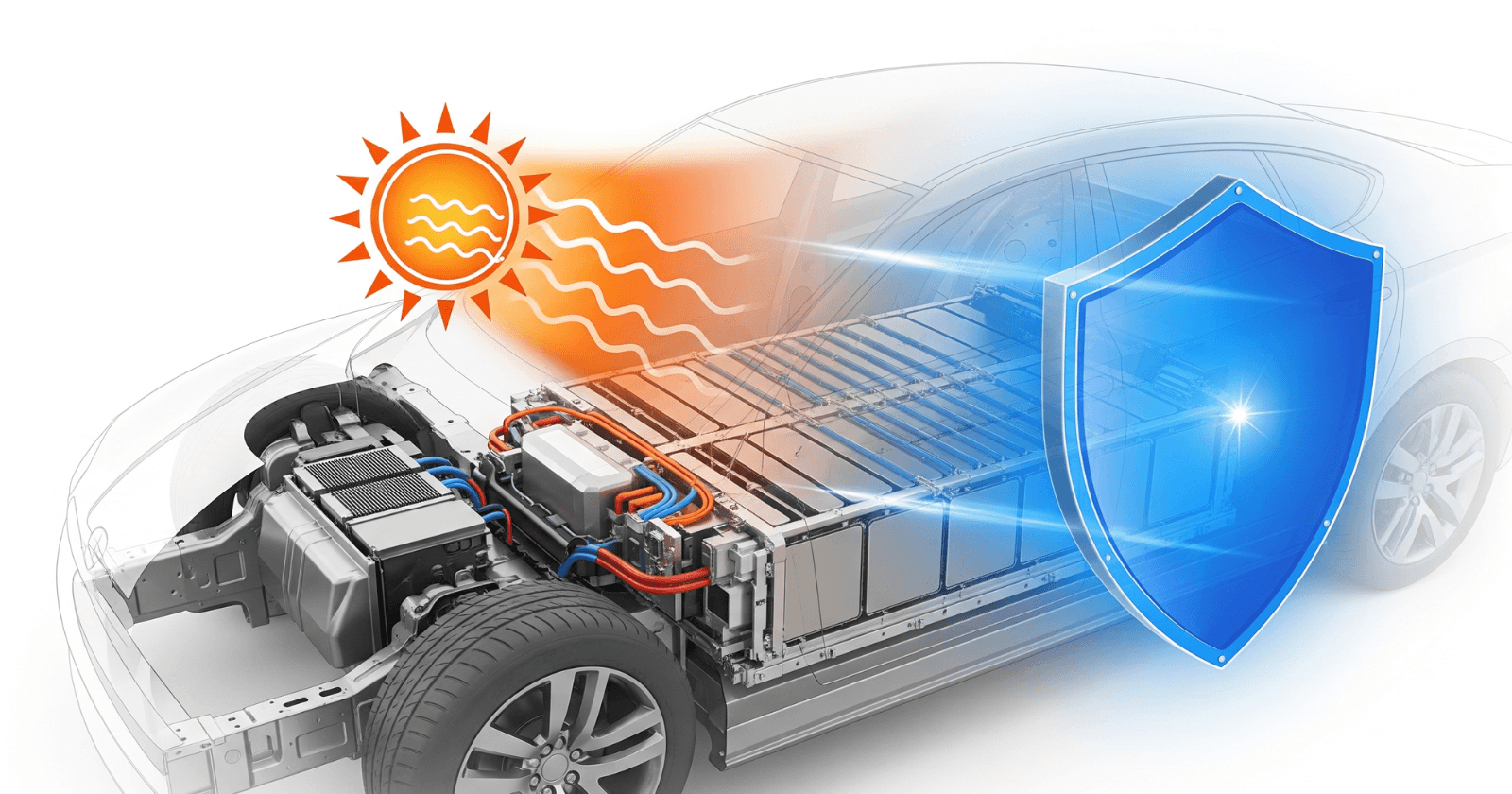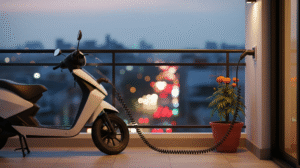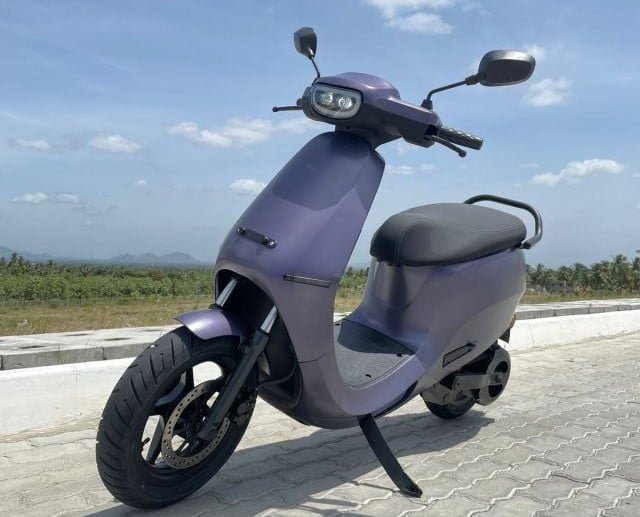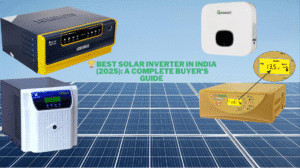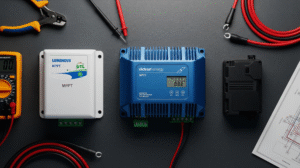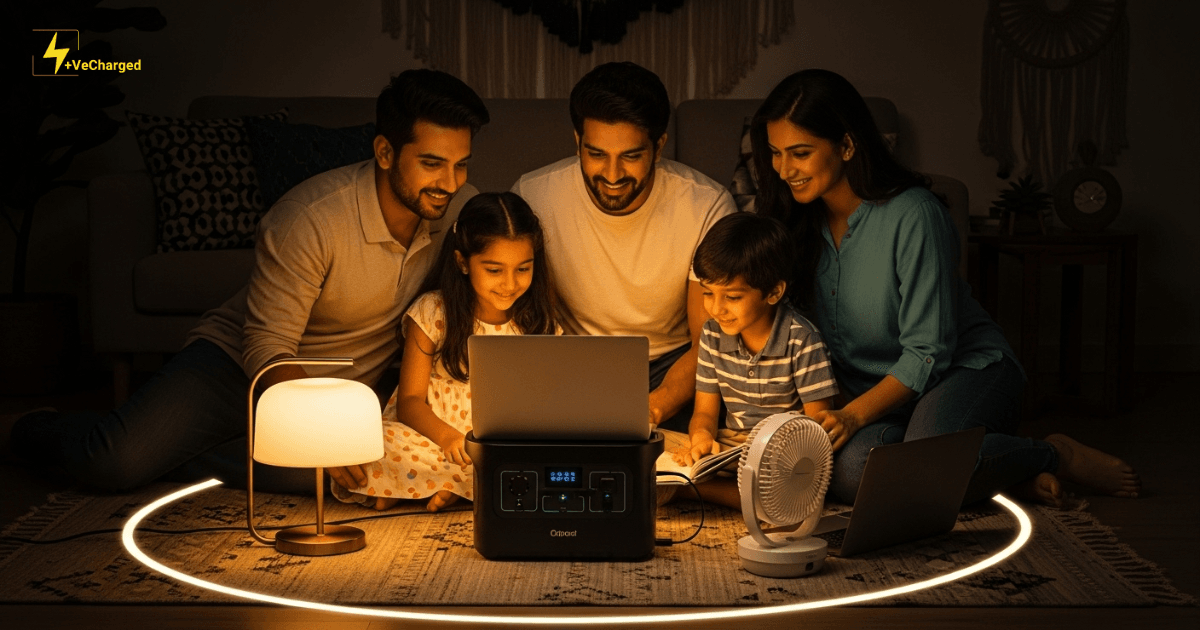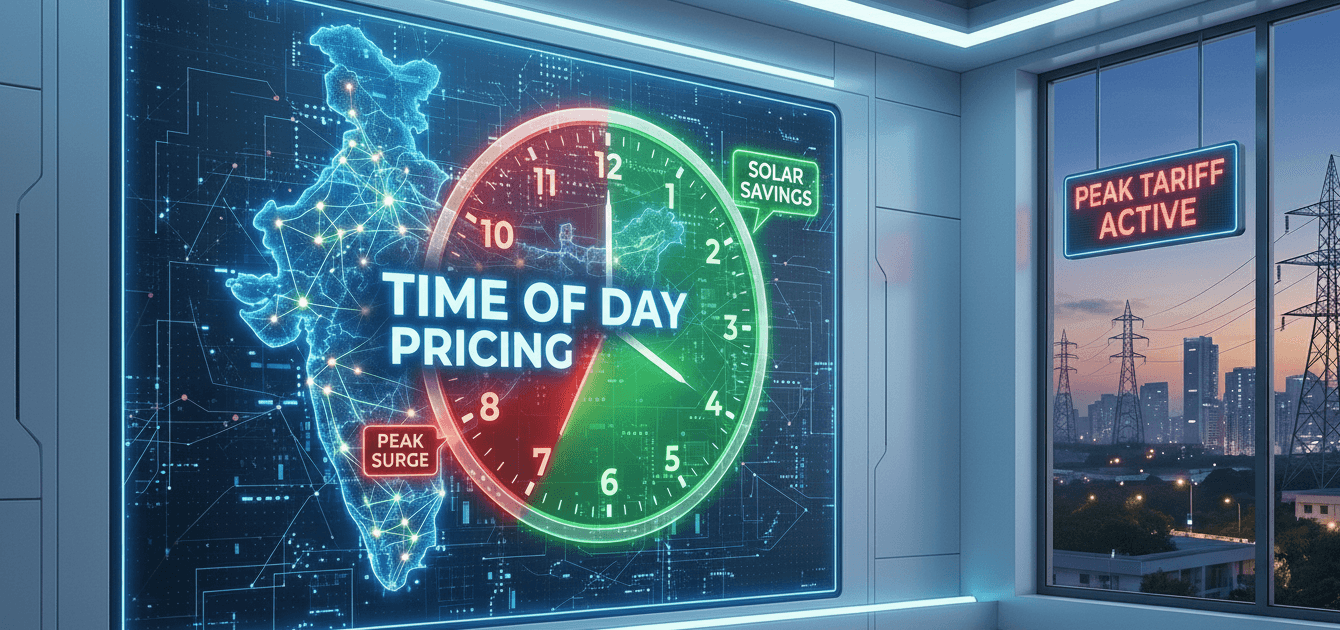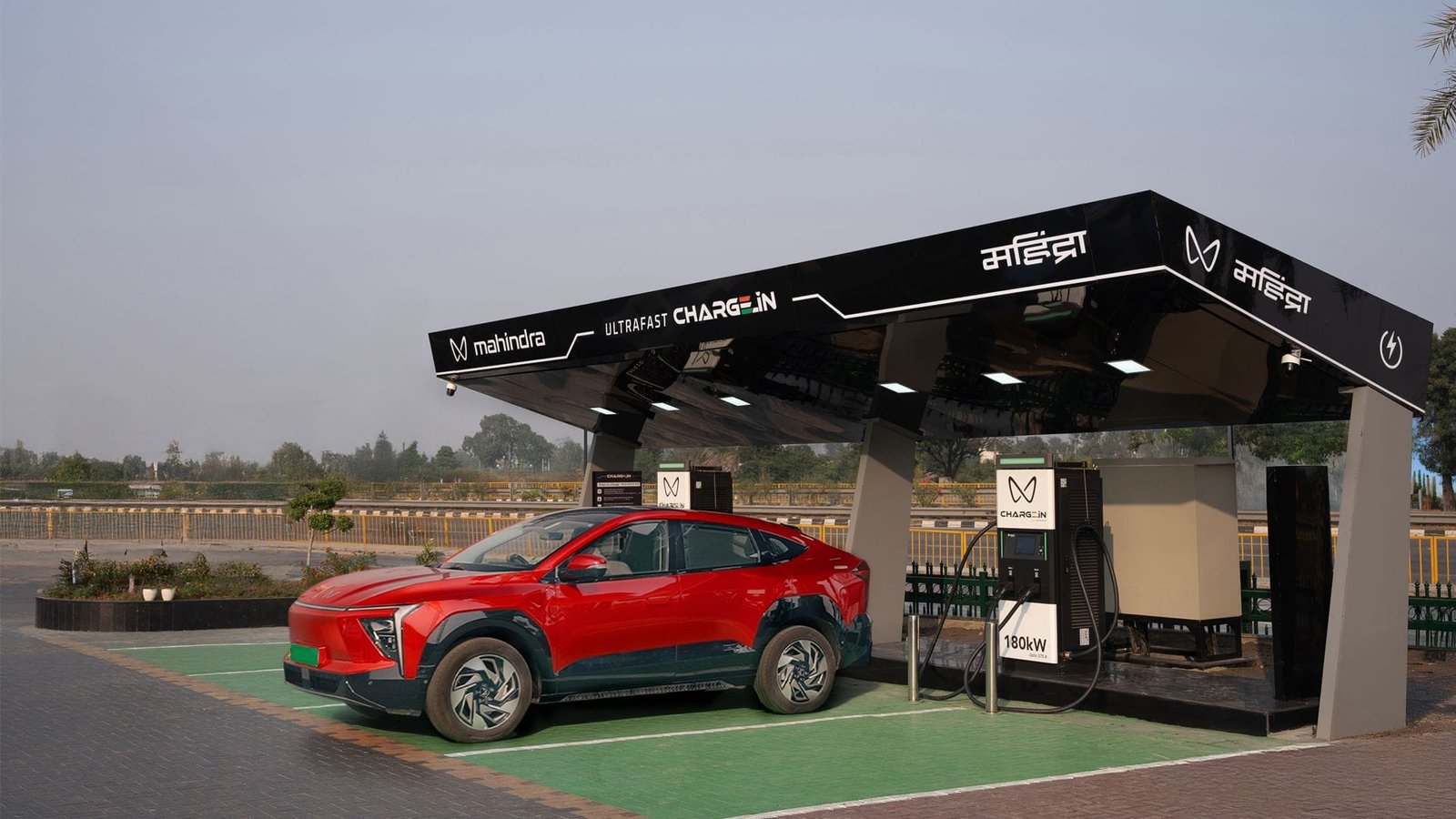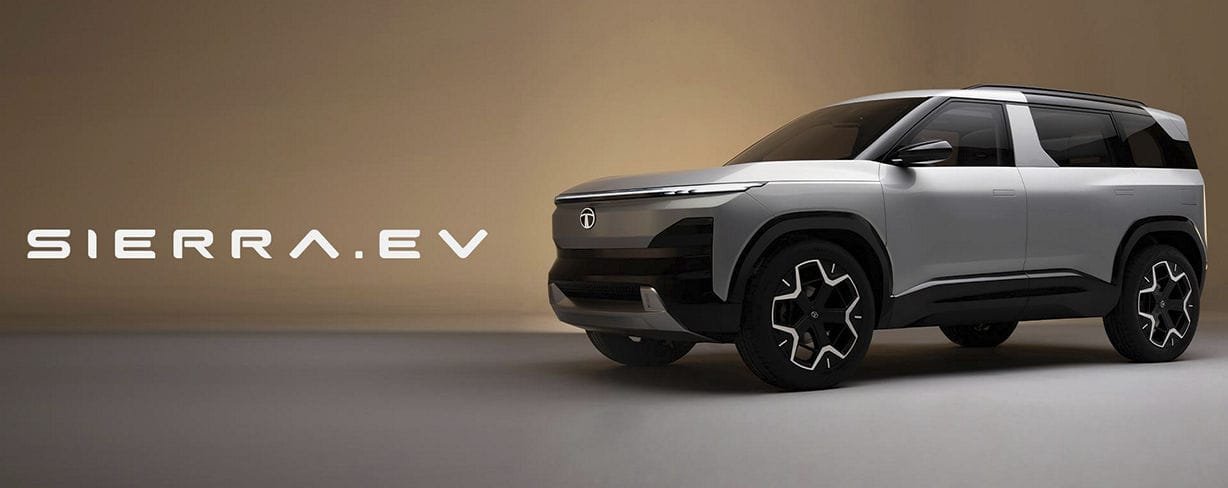Your EV was advertised with a 450 km range, but you’re barely getting 300 km. Don’t panic. We break down the real-world factors—from city traffic to summer heat—that actually determine your car’s range.
Introduction: Why Every New EV Owner Feels Duped
You’ve just spent over ₹15 lakh on a brand new electric car. The salesperson and the glossy brochure promised a massive 450 km range on a single charge. But after a week of Indian city commutes, your dashboard tells a harsher story: a full charge gets you — at best — 290 km. The anxiety rises. Did you get a dud? Is your brand-new EV secretly faulty?
The good news: Your car almost certainly isn’t broken.
The truth: The “ARAI Range” is a best-case scenario, dreamed up in lab conditions you’ll never actually drive in. Real Indian roads, heat, traffic, and your daily routine all conspire to bring that number down — and physics is in the driver’s seat.

What is the ARAI Range — and Why Is It So High?
ARAI stands for Automotive Research Association of India. Every automaker must test vehicles here, following a well-defined protocol. But here’s the big secret:
- The test happens in a lab, on a dynamometer (not real roads).
- The speeds are gentle, the accelerations are slow, and the temperature, humidity, and load are perfectly controlled.
- There’s no stop-and-go traffic, no crazy heat (or AC blasting), no hills, no luggage.
Think of the ARAI range like that “up to 18 km/l” sticker on petrol cars: it’s the upper limit, not a promise. It’s possible, but only with angelic driving in near-perfect conditions.
The Real-World Range Killers (And What You Can Control)
1. City Traffic vs. Highway – The Unexpected Truth
- ✔️ EV Advantage in Stop-and-Go: Unlike petrol cars, EVs actually do better in city traffic thanks to regenerative braking—energy reclaimed every time you slow or stop.
- ❌ Highways Eat Into Your Range: At constant high speeds, there’s no regen. Air drag rises exponentially, chewing through your battery.
- Indian Reality: In mild city traffic (with regenerative braking and average speeds), your real-world range can be 15–20% below ARAI. On highways, expect 25–35% below—sometimes worse in the summer.
2. The AC and Indian Heat – The Silent Power Hog
- Running your air conditioning—especially in a Delhi or Mumbai summer—can reduce range by 15–20%.
- EVs must use battery power for both propulsion and cooling, so that precious energy is split.
- Tip: Pre-cool the cabin while charging, and keep windows lightly cracked when parked to reduce initial cabin temps.
3. Driving Style – The Ultimate Variable
- Aggressive acceleration, heavy braking, and sudden lane changes drain your battery much faster.
- Smooth, measured driving (and letting regenerative braking do its job) can add 10–15% to your usable range.
4. Topography – Not All Roads Are Created Equal
- Hills and gradients: Climbing burns extra energy. Fortunately, you regain some on the way down thanks to regenerative braking, but the net result is still a hit to range.
- Plains and steady surfaces are your EV’s best friend.
5. Temperature Extremes – Summer vs. Winter
- Indian summers heat up the battery, cabin, and strain the thermal management system — all of which siphon off range.
- Winters (in northern India) reduce range due to battery chemistry being less efficient in the cold.
The Interactive Tool: Your Personalized Range Estimator
Vecharged’s Real-World Range Estimator
Vecharged Real-World EV Range Estimator
- Select your EV model.
- Set your city/temperature.
- Slide: “Highway vs. City Driving %.”
- Toggle: “AC On/Off.”
- Output: An honest range—the best predictor for your daily drives.
This makes range anxiety a thing of the past. You own your numbers.
Conclusion: Range Anxiety Is a Data Problem
Stop worrying about the one big ARAI number. What truly matters is your car’s predictable range — under your conditions. The more you understand the science, the more you will trust (and enjoy) your EV.
Vecharged is here to ensure every owner in India knows what’s normal, what’s upgradeable, and when your worries are just physics — not a mechanical problem.
Take control, drive smart, and keep exploring — your EV is smarter than you think!

Suhas Shrikant is the founder of Vecharged and an engineering enthusiast specializing in high-power off-grid solar systems. He has designed and built over a dozen custom systems and uses his hands-on, field-tested experience to create Vecharged’s expert guides and reviews.


